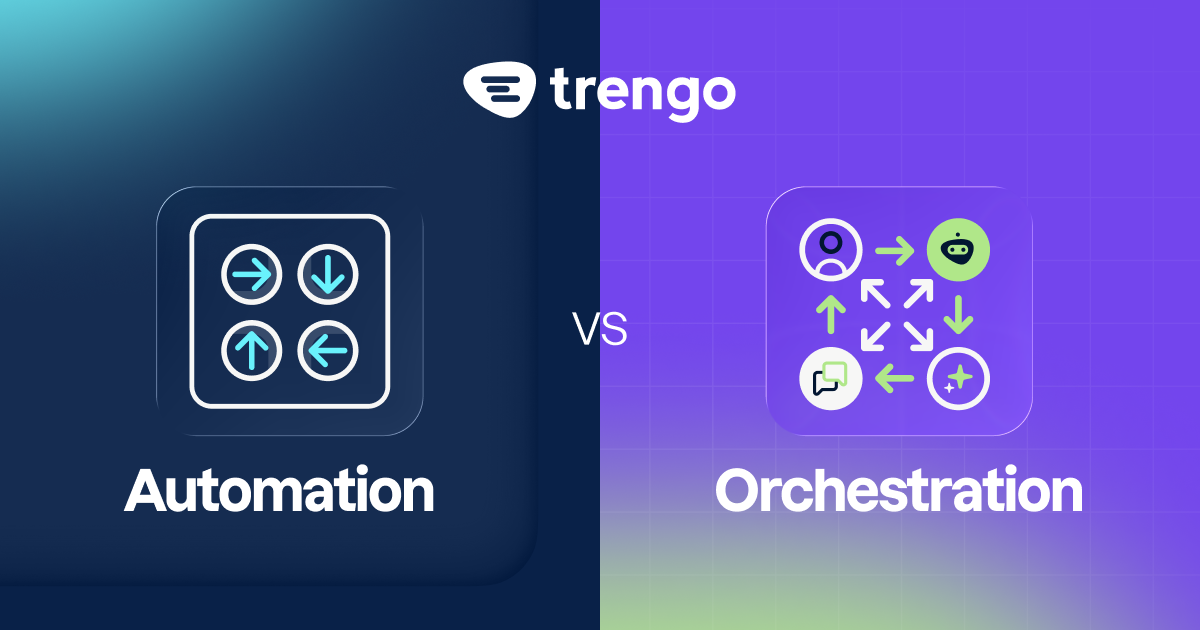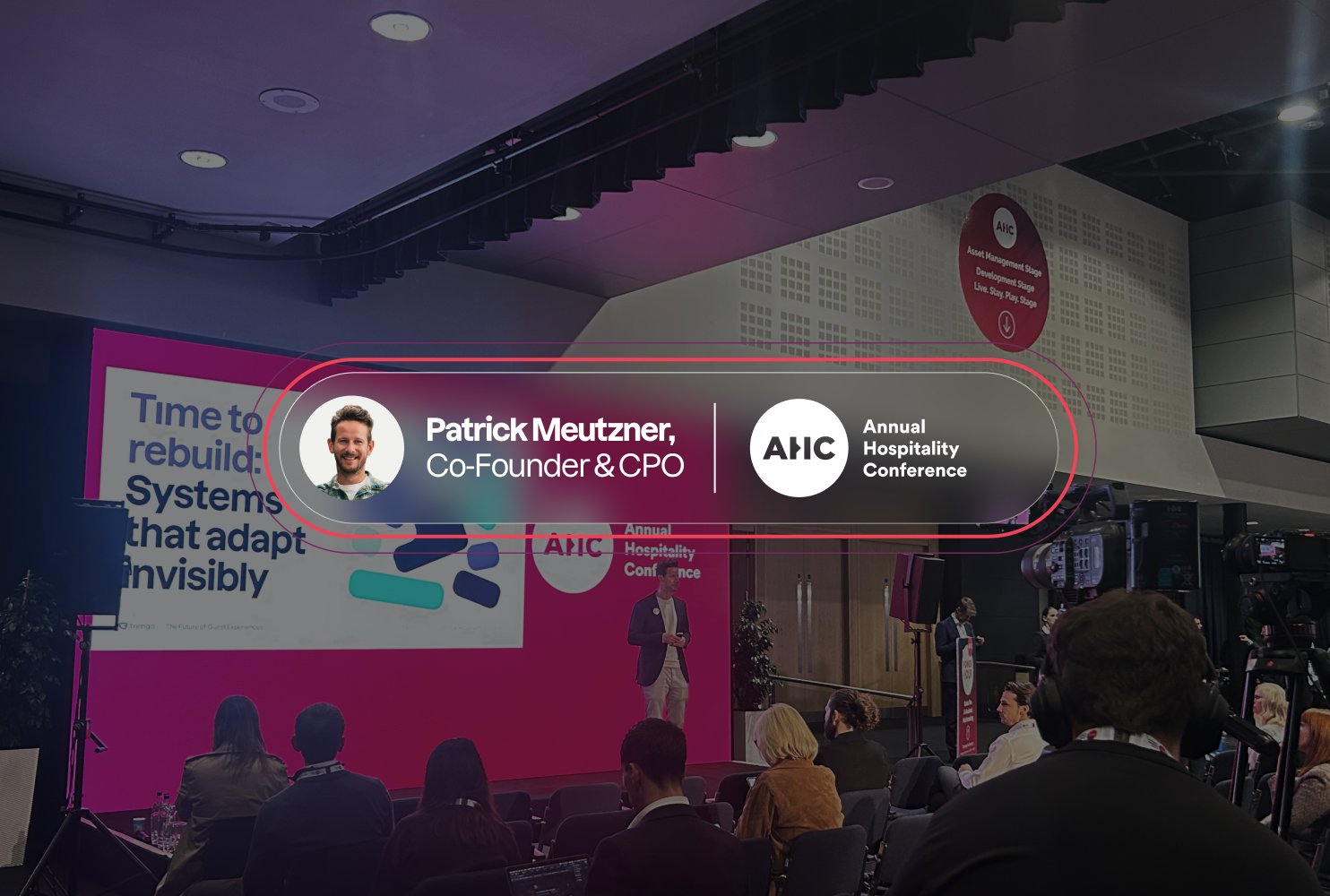Artificial intelligence and automation are often mentioned together in conversations about technology, but they are not the same. While both are transforming the way businesses operate, each plays a unique role in streamlining processes and enhancing productivity.
Automation typically involves using software or machines to handle repetitive, rule-based tasks—think about automatically sorting emails or processing invoices. On the other hand, artificial intelligence is about creating systems that can learn, adapt, and make decisions, such as recognising patterns in customer behaviour or providing personalised recommendations.
As organisations look for ways to work smarter and more efficiently, understanding the differences between ai vs automation is essential. This article’ll explore what sets these two concepts apart, how they are applied in real-world scenarios, and the advantages they offer.
Automation vs AI: What sets them apart?
While automation and AI are closely linked, they each bring something different to the table. The main differences between automation and AI are how they handle tasks and adapt to new situations.
- Task execution: Automation is designed to follow a set of rules and carry out repetitive tasks in exactly the same way every time. It doesn’t make decisions on its own—everything it does is based on instructions set by people. In contrast, AI can analyse information, make choices, and even solve problems without needing step-by-step guidance.
- Ability to adapt: AI stands out because it can learn from experience. As it processes more data, it gets better at what it does, often with little or no human input. Automation, however, only changes if someone updates its programming.
Despite these differences, it’s easy to see why automation vs ai is a common debate. Both aim to save time and reduce manual work, and they’re often combined in modern tools. For example, when AI is added to automation, it allows systems to not only complete tasks but also make smart decisions and improve over time. This blend of AI and automation is becoming more common as businesses look for ways to work more efficiently.
To truly understand how each works and where they diverge, let’s dig deeper and find out what AI and automation actually are.
What is artificial intelligence?
Artificial intelligence, or AI, is all about enabling computer systems to carry out tasks that usually require human intelligence. Unlike traditional automation, which simply follows set instructions, AI can learn from patterns in data and past experiences, allowing it to handle more complex challenges and improve on its own over time. In fact, recent studies show that AI has the potential to transform a wide range of jobs by taking on tasks that go well beyond simple automation.
Earlier forms of AI depended mainly on fixed rules and instructions, but today’s AI is much more advanced. Modern systems can reason, understand natural language, and even interpret images or sounds, making them highly versatile.
Some common approaches to building AI include:
- Machine learning: Using algorithms and data to improve performance automatically
- Deep learning: Training artificial neural networks with large amounts of data for advanced pattern recognition
- Expert systems: Capturing human expertise in the form of rules and logic
- Robotics: Combining AI with machines to carry out physical actions
- Natural language processing (NLP) and computer vision: Understanding and analysing text, speech, and visual information
With these capabilities, AI is reshaping how we work, communicate, and solve problems across many industries.
What is automation?
Automation is the use of technology—whether hardware, software, or algorithms—to complete tasks with little or no need for human involvement.
There are different types of automation. Rule-based automation follows a set of predefined steps and rules to get things done, making it ideal for repetitive and predictable tasks. Intelligent automation, on the other hand, brings in elements of machine learning and artificial intelligence, allowing systems to make decisions, adapt, and handle more complex situations on their own.
The range of tasks that can be automated is broad. It can be as simple as sending automated responses to customer emails or as advanced as managing the entire workflow of a customer relationship management (CRM) system.
Automation has deep roots in history. Early examples date back to the Industrial Revolution, when inventions like the steam engine and power loom transformed industries by reducing manual labour. These breakthroughs laid the foundation for the automated processes we rely on in transportation, communication, and manufacturing today.
Over the years, automation has grown from basic rule-based systems to include the latest advances in machine learning and AI. Now, with the rise of agentic AI, automation is becoming even more powerful, enabling systems to understand natural language, act independently, and take on tasks that once required human judgment.
AI in Automation: How It Works
AI and automation are powerful combinations, each enhancing the strengths of the other. While automation handles routine, repetitive tasks—like moving data from one system to another—AI can interpret, analyse, and make decisions based on that data. This partnership allows businesses to go beyond simple task automation and tackle more complex challenges without extra manual effort.
To see how this works in practice, it helps to explore some of the main types of AI used in automation:
Types of AI in automation
Machine learning (ML): Improves systems by learning from data, enabling better predictions and smarter decision-making, such as forecasting maintenance needs or optimising production schedules.
Natural language processing (NLP): Powers chatbots and virtual assistants, allowing them to understand and respond to customer queries in everyday language.
Optical character recognition (OCR): Converts images of text, whether printed or handwritten, into digital data, making document handling and data extraction much faster.
Computer vision: Enables machines to “see” and interpret visual information, useful for quality checks in manufacturing or automated monitoring in security systems.
Robotics: Combines AI with physical machines to perform complex tasks in factories, warehouses, or hazardous environments.
Expert systems: Mimic the decision-making abilities of human specialists, helping with diagnostics and troubleshooting in fields like healthcare or IT.
Predictive analytics: Uses data and algorithms to forecast trends and outcomes, supporting smarter logistics and inventory management.
Speech recognition: Translates spoken language into text, streamlining automated phone systems and voice-activated services.
AI and automation example
Consider a company with a busy customer service centre receiving thousands of emails daily. Manually sorting and responding to each message would take more resources than the team has available.
The company can quickly organise messages based on keywords by automating the email sorting process and assign them to the right team members. This speeds things up, but it doesn’t always provide customers with instant answers.
That’s where AI comes in. With natural language processing, the system can understand the intent behind each email and send an immediate, relevant response. This not only improves customer satisfaction but also frees up staff to focus on more complex issues.
In this way, AI and automation work together to create smarter, more efficient solutions for everyday business challenges.
Use cases of AI-powered automation tools
AI-powered automation is transforming how businesses operate across departments, helping teams work more efficiently, make better decisions, and deliver improved customer experiences. Here’s how intelligent automation is impacting human resources, engineering, and customer service.
Human resources
AI-driven automation tools are streamlining HR processes, allowing teams to focus on people rather than paperwork. With features like automated interview scheduling, job posting generation, and candidate screening, HR professionals can save significant time during recruitment and onboarding. AI can also analyse employee data to recommend personalised onboarding journeys, manage payroll, and even track employee sentiment to support engagement strategies. By automating repetitive tasks, HR teams can act as true talent advisors and spend more time building a strong company culture.
Engineering
In engineering, AI-powered automation tools are helping teams manage complex projects, analyse technical documentation, and optimise workflows. AI can quickly interpret engineering drawings, highlight critical details, and automate simulation and analysis, speeding up design validation and reducing manual effort. Unified search and workflow integration tools allow engineers to find specifications and documentation instantly, while AI-driven project management platforms keep teams aligned and productive. These advances free up engineers to focus on innovation rather than routine administration.
Customer service
AI-powered automation is transformating customer service, enabling teams to provide faster, more personalised support. Chatbots and virtual assistants can handle common queries around the clock, while AI-driven ticketing systems automatically route requests to the right agents and even resolve routine issues without human intervention. Sentiment analysis tools help teams understand customer emotions and tailor responses, and predictive analytics support proactive service by identifying trends before they become problems. As a result, customers get instant answers, and support teams can devote more attention to complex cases.
These examples show how AI-powered automation is reshaping business operations, making it easier for teams to work smarter, respond faster, and deliver better results across every department.
Bring AI-powered automation to your business with Trengo
Choosing the right AI automation solution can make a real difference to your business, boosting efficiency, cutting costs, and giving your teams the agility to adapt quickly to change. With so many options on the market, it’s essential to find a tool that doesn’t just look impressive, but one that truly fits your workflows and supports your long-term goals.
Trengo’s AI-powered automation platform is designed to help your business work smarter, not harder. Our solution goes beyond basic automation by using advanced AI to make decisions, take action, and continuously improve—without constant manual input. This means you can streamline operations across departments, from customer service and HR to IT and finance, all while scaling effortlessly as your business grows.
With Trengo, you’ll benefit from:
- Increased productivity as AI takes care of repetitive tasks, freeing up your team for more valuable work
- Faster, data-driven decision-making thanks to real-time analytics and predictive insights
- Reduced operational costs by automating routine processes and minimising errors
- Enhanced customer experiences through personalised, instant support
Ready to see how Trengo can transform your operations? Book a free demo today or sign up freeto get started and experience the difference AI-powered automation can make for your business.




.png)











